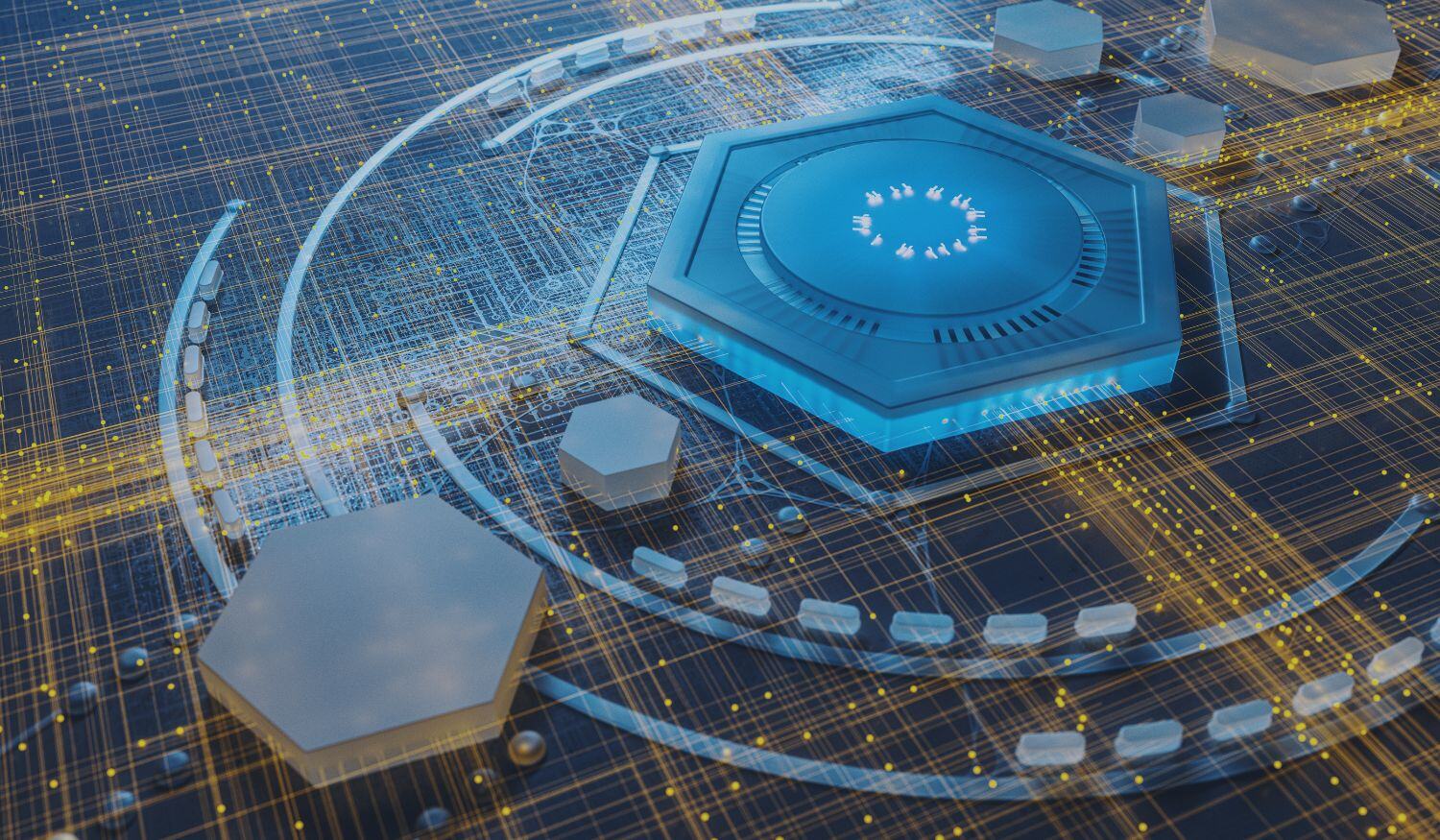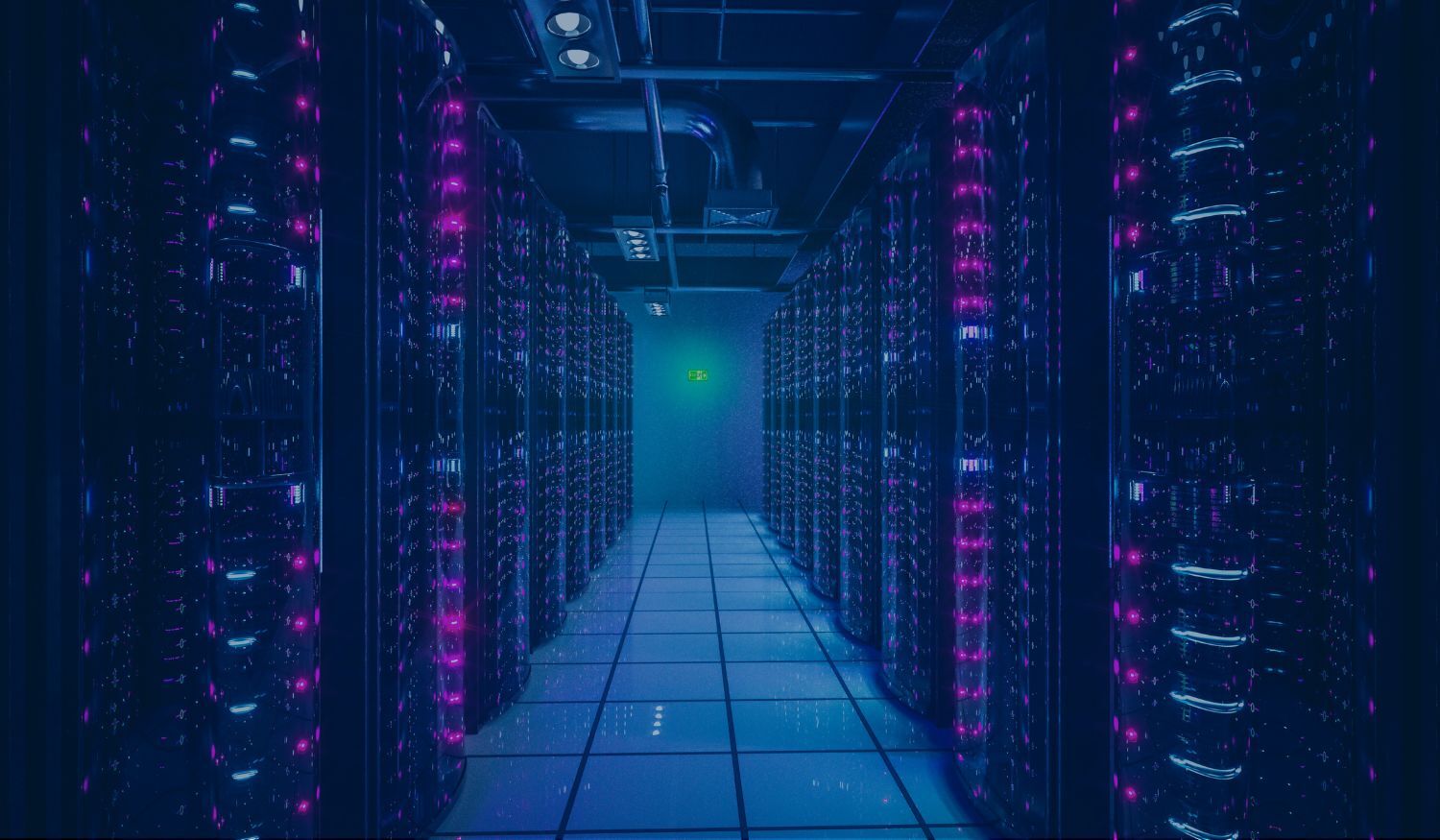The AI Phishing Threat: Rethinking Cybersecurity in the Age of Generative Attacks
During a recent Cyber Security Tribe CISO roundtable, eight cybersecurity leaders discussed the challenges they are facing with phishing in the AI era.
As generative AI evolves, so do the tactics of cybercriminals. Organizations across sectors are sounding the alarm over the growing sophistication and volume of AI-generated phishing attacks. No longer amateurish or riddled with errors, today’s phishing emails are hyper-personalized, grammatically flawless, and contextually convincing, posing serious challenges to traditional cybersecurity defenses.
From Spelling Errors to Synthetic Identities
Once identifiable by clumsy language or awkward formatting, phishing emails now closely mimic legitimate communication. Attackers are leveraging large language models to produce highly convincing messages, often indistinguishable from genuine correspondence. Some are even embedding malicious redirects in job application documents or generating fake resumes with synthetic identities, highlighting the need for new, proactive safeguards.
The Role of User Awareness
While technology remains a critical line of defense, human users are still the most vulnerable link. Cybersecurity leaders emphasize the importance of rigorous, ongoing training. The goal isn't simply to teach users to identify phishing; it’s to train them not to be deceived. Some organizations are deploying advanced "phishing fire drills," simulating real-time attacks using employees’ own social media activity as bait. Others have gamified the process with leaderboards and competitive reporting metrics to keep awareness high.
Automation, Sandboxing, and Guardrails
Many companies are deploying AI-powered email filtering tools and sandbox environments where suspicious emails can be examined safely. Containerized browsers and prompt injection defenses are growing in popularity, offering layers of protection when users inevitably interact with malicious content. However, these tools are most effective when paired with robust education and user empowerment like providing one-click reporting options and reinforcing the mantra: "When in doubt, report."
Consequences and Culture Clash
The issue of accountability remains complex. Some organizations enforce progressive disciplines where repeated failures lead to written warnings or even job termination. While effective at reducing incident rates, such measures can foster a culture of fear and potentially drive up false positives as users ‘panic-report’ legitimate messages. Others prefer public dashboards, "wall of shame" tactics, or gamified competition to encourage awareness without punitive overtones.
Top-Down Buy-In Is Critical
Leadership support is a consistent theme across successful programs. From CEOs participating in phishing drills to executives having their own permissions reduced after security breaches, the message is clear: no one is exempt. Culture change starts at the top, and visible accountability reinforces the seriousness of the threat.
Shrinking the Attack Surface
Some security teams are taking a more radical approach by questioning whether every employee even needs an email address or at least external-facing access. By limiting communication channels, companies can reduce potential entry points for attackers. This strategy, common in the financial sector, is gaining traction elsewhere as organizations reevaluate communication workflows and legacy processes.
Defensive Technology: The DMARC Journey
Technical controls like Domain-based Message Authentication, Reporting, and Conformance (DMARC) are also crucial. Though full implementation may take a year or more, moving from monitoring to quarantine to full rejection mode can significantly reduce spoofed emails. However, implementation requires patience and close collaboration across marketing, IT, and vendor teams to avoid disrupting legitimate communications.
The Human Side of Cybersecurity
Ultimately, no amount of technology can replace good judgment. Training users to think critically, question unexpected messages, and slow down when faced with suspicious prompts remains a cornerstone of defense. Cybersecurity is no longer about spotting typos or weird fonts; it’s about resisting highly targeted, psychologically convincing attacks crafted by advanced AI.
Looking Ahead: AI vs. AI
Cyberattacks are no longer solely the work of skilled hackers. Generative AI has democratized deception, giving virtually anyone the ability to launch sophisticated social engineering campaigns at scale. The only effective response is a blend of smart technology, informed users, and an organizational culture that values cybersecurity as everyone’s responsibility.
Share this
You May Also Like
These Related Stories

GenAI in Cyber - Automated Phishing, Detecting Anomalies and Awareness Training

The Dark Side of AI: Unmasking the Malicious LLMs Fueling Cybercrime


